Research & Analysis
U.S. Institute of Peace’s articles, reports, tools and other features provide policy analysis, research findings, and practitioner guides. These publications examine critical conflict issues at the center of the Institute’s work to prevent and resolve violent conflict.
The views expressed in these publications are those of the author(s).
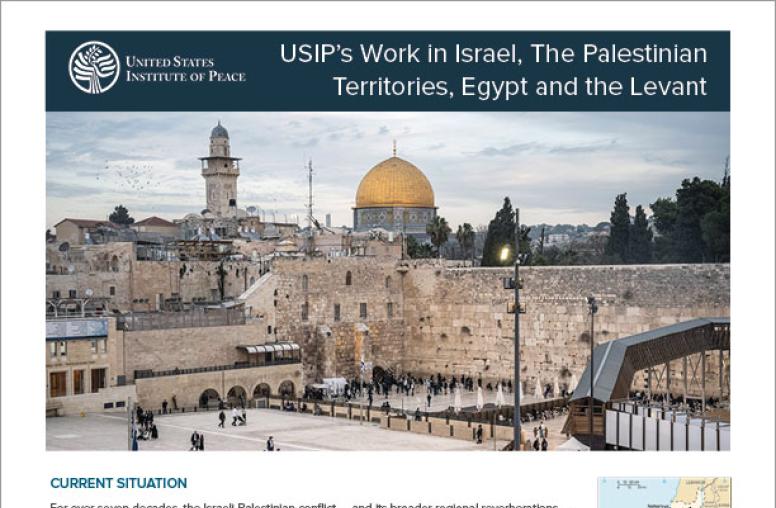
The Current Situation: Israel, The Palestinian Territories, Egypt and the Levant
For over seven decades, the Israeli-Palestinian conflict — and its broader regional reverberations — has shaped Middle East politics and impacted U.S. interests in the region. Hamas’ unprecedented terror attack on October 7, 2023, the Israeli military response in Gaza and the implications for neighboring Jordan and Egypt — as well as seismic ripples in Lebanon and Syria — have sparked a new phase in the conflict’s and the region’s trajectory.
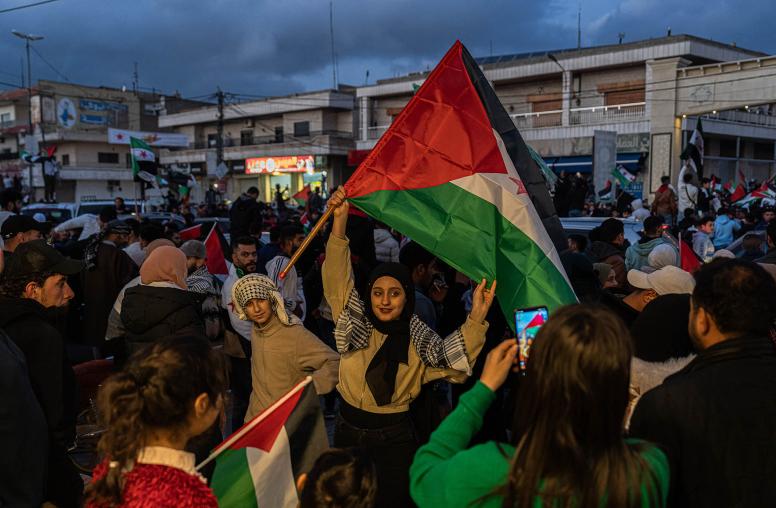
What Assad’s Fall Means for Lebanon
The fall of Assad’s Baathist regime was met with widespread jubilation among Lebanon's various communities, especially its Sunni, Christian and Druze, but trepidation among many Shias, whose political leadership relied on Baathist cover and support. Baathist Syria had played a major role in Lebanon, intervening in the country's civil war, occupying the country in the post-war period, and manipulating Lebanon's political landscape to benefit its political and economic interests. Though it was ousted from the country in 2005 following a mass uprising that blamed Damascus for the assassination of former Prime Minister Rafik al-Hariri, the Syrian regime continued to maintain influence in the country through its allies and supporters.
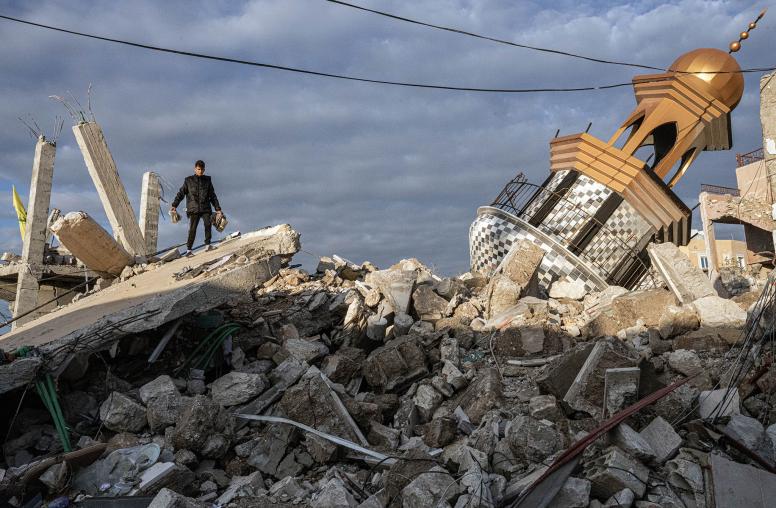
Can the Fragile Israel-Hezbollah Cease-fire Hold?
On November 26, Israel and Lebanon agreed to a cease-fire to be implemented in phases over 60 days. If it holds, the deal will end over a year of the heaviest fighting in decades between the two sides. Formally a deal between Israel and Lebanon, the agreement is effectively between the former and Hezbollah. The next two months will serve as a crucial test for the possibility of a sustained truce and a more durable and comprehensive resolution of disputed border areas between the two countries.
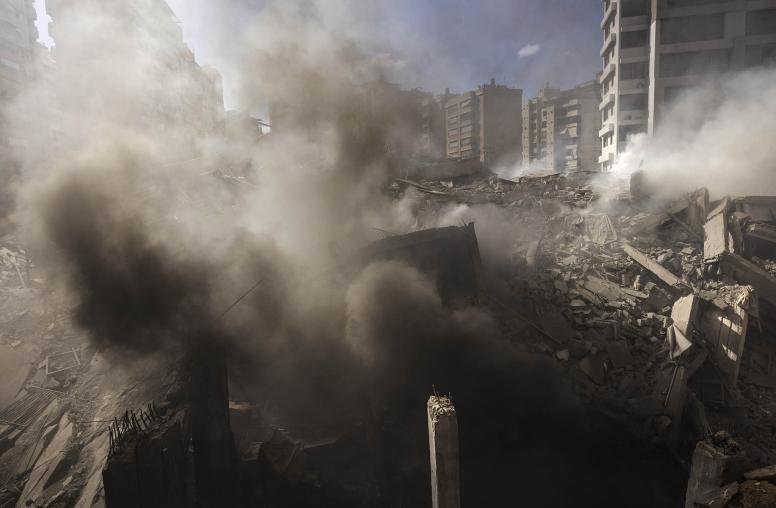
The Middle East on Fire
Iran’s ballistic missile strikes on Israel on October 1 have raised fears of an all-out war in the Middle East. The deepening spiral of bloodshed began on September 17 and 18 with the detonation across Lebanon of thousands of pagers and two-way radios used by Hezbollah operatives — one analyst deemed the unprecedented Israeli operation “the most extensive physical supply chain attack in history.” Ongoing airstrikes in Beirut and southern Lebanon have marked the most significant Israeli barrage in 11 months of tit-for-tat escalation. On September 27, Israel dealt Hezbollah a devastating blow by killing its leader Hassan Nasrallah in an airstrike on a Beirut suburb. Despite reeling from these latest reverses and the evisceration of its command structure, the Shiite militia continues to lob missiles at Israel. Stunned and outraged, Iran — Hezbollah’s patron — fired around 200 ballistic missiles at Israel; at least one person was killed in the West Bank. Iranians are now bracing for Israeli retaliation. The cycle of violence, it appears, is far from over.
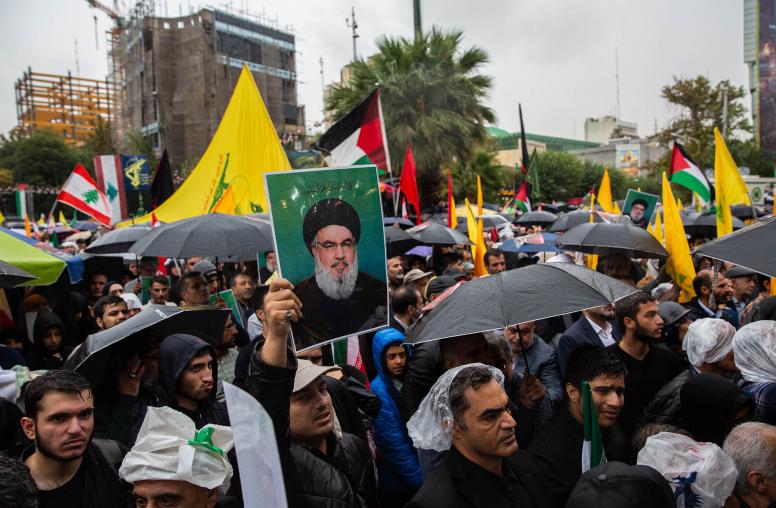
Hassan Nasrallah is dead. What happens next in the Middle East?
Two weeks ago, Israel announced that halting Hezbollah attacks had become an official goal of its post-October 7 war effort. Since then, Israel conducted a sophisticated clandestine attack on Hezbollah’s communications infrastructure and struck numerous Hezbollah targets in southern Lebanon and the suburbs of Beirut, killing many of Hezbollah’s senior leaders. Then, on Friday, an Israeli airstrike assassinated Hezbollah’s leader, Hassan Nasrallah, who led the group for over 30 years.

Israel and Hezbollah Change the Rules, Test Redlines — Will it lead to War?
Tensions between Israel and the Lebanese Shia militia Hezbollah are at their highest point since their 2006 war. They have exchanged tit-for-tat attacks since October, displacing tens of thousands from northern Israel and southern Lebanon. But in recent weeks, both sides have escalated the violence and rhetoric. USIP’s Mona Yacoubian looks at what’s driving this escalation, what each side is trying to tell the other and the diplomatic efforts underway to lower the temperature.
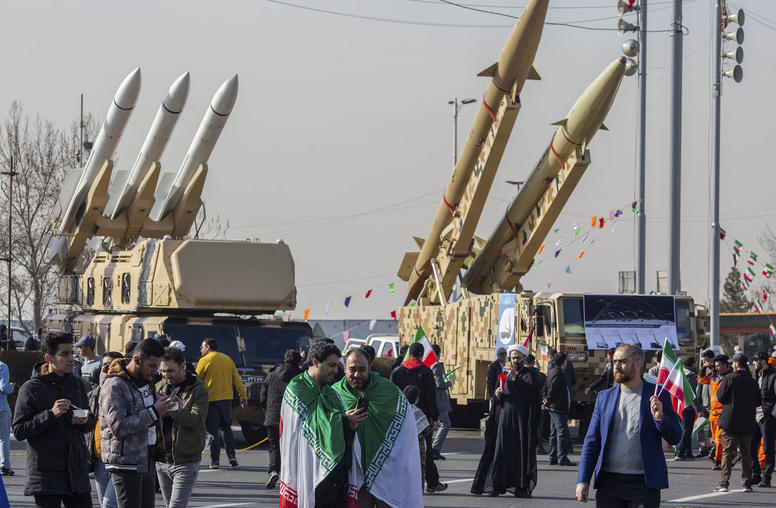
The Growing Flashpoints Between the U.S. and Iran
Tension between Washington and Tehran has been a growing undercurrent of the war in Gaza, even as both countries tried to prevent it from sparking a direct confrontation during the first six months of fighting. Robin Wright, a joint fellow at USIP and the Wilson Center, explores the evolving flashpoints in the world’s most volatile region as well as the challenges for U.S. diplomacy, the new triggers for a wider regional conflagration and the historical backdrop.
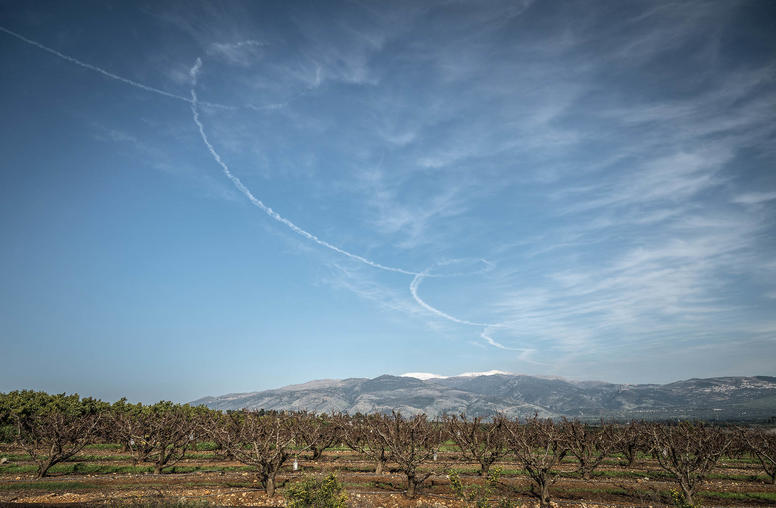
As Hezbollah-Israel Tensions Simmer, Lebanon’s Domestic Crises Drag On
Nearly six months after Hamas’s October 7 attack on Israel, tensions in two key flashpoints — Lebanon and Syria — continue to rise with significant Israeli airstrikes in both countries, leading to the highest death tolls in each country since October 7. Amid these rising tensions, ongoing clashes between the Lebanese militant group Hezbollah and the Israel Defense Forces (IDF) threaten to escalate into a wider war. At the same time, Lebanon continues to reel from a series of crises that have unfolded over the past four and a half years, highlighting Lebanon’s perilous position as the Gaza conflict continues to reverberate throughout the region.

Is the Middle East on the Verge of a Wider War?
Three months after the Hamas terror attack on Israel, reverberations from the ensuing conflict in Gaza threaten to engulf the region in a wider war.

Will the Israel-Hamas War Spiral into a Wider Conflict?
With the Israel-Hamas war poised to enter its fourth week, the conflict continues to escalate. The Israeli military announced on October 25 it had struck more than 7,000 targets inside Gaza, ranking the current military campaign among the most intense globally in recent memory. The conflict has resulted in an estimated 1,400 Israelis killed, according to Israeli government sources and more than 6,500 Gazans killed, according to the Hamas-controlled Health Ministry. More than 200 hostages are held captive in Gaza.